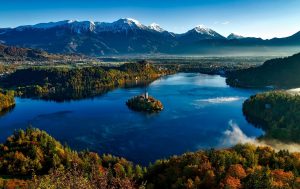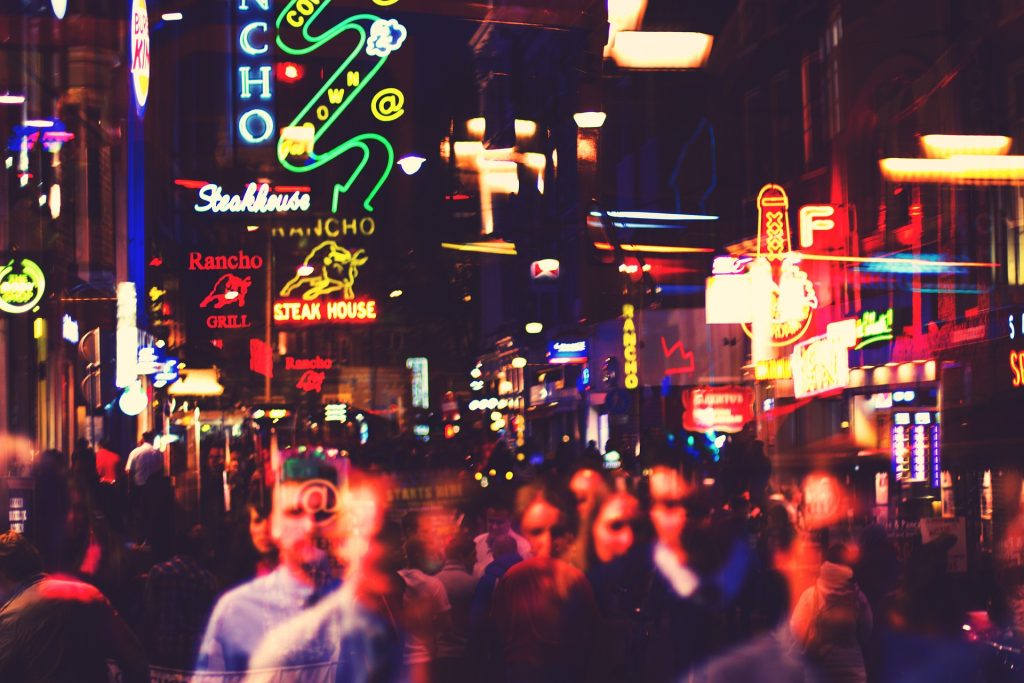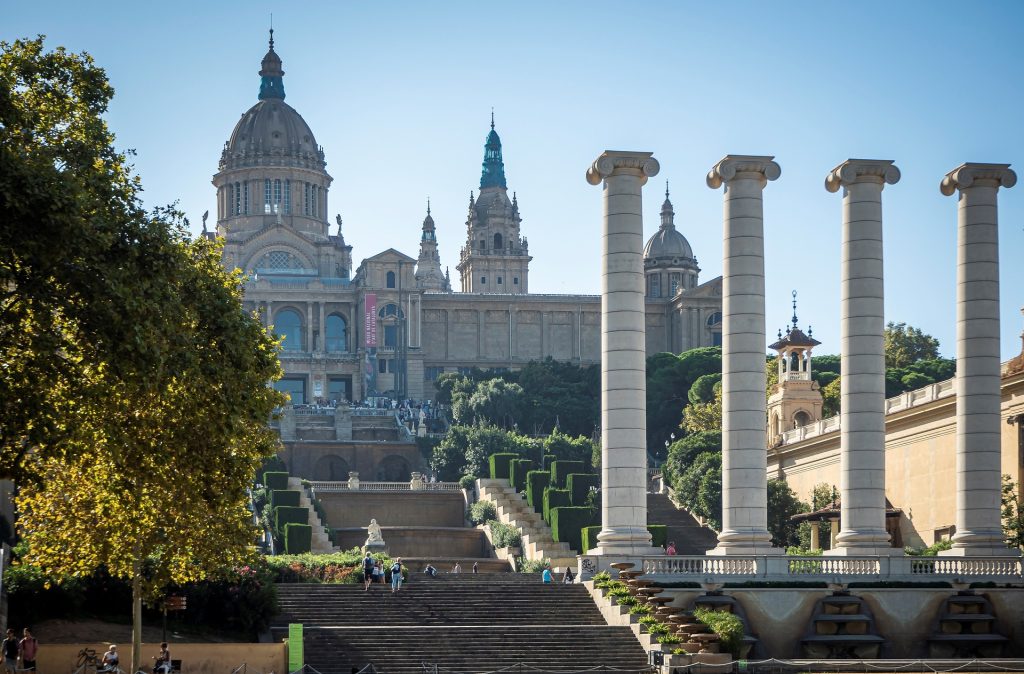 1. Introduction
1. Introduction
Lake Bled in Slovenia is a postcard-perfect destination, known for its emerald-green waters, the iconic island with a charming church, and the medieval Bled Castle perched high above. Surrounded by the Julian Alps, Lake Bled has attracted visitors from around the world, drawn to its fairy-tale beauty and serene atmosphere. However, with the rise in popularity, especially in recent years, this idyllic spot faces environmental strain, overcrowding, and challenges to its delicate ecosystem. This article explores the impact of overtourism at Lake Bled and suggests ways for visitors to explore this natural wonder more responsibly.
2. A Brief Overview of Lake Bled
Lake Bled is a glacial lake located in the Julian Alps of northwestern Slovenia, approximately 35 kilometers from the capital, Ljubljana. It is known for Bled Island, where visitors can take a traditional pletna boat to visit the Church of the Assumption. The lake’s serene setting and accessible location make it a popular year-round destination, with activities like hiking, rowing, and exploring Bled Castle drawing significant numbers of visitors. However, the lake’s small size and delicate natural environment make it vulnerable to the pressures of large-scale tourism.
3. The Local Perspective
While tourism contributes to the local economy, residents and environmental advocates around Lake Bled face a range of issues due to increasing visitor numbers:
- Environmental Strain and Pollution: Lake Bled’s pristine waters and natural surroundings are sensitive to pollution. Increased tourist traffic, waste, and foot traffic contribute to water pollution and soil erosion, putting stress on the lake’s ecosystem. Trash left behind by visitors or resulting from increased commerce around the lake poses additional challenges for locals working to maintain the lake’s natural beauty.
- Traffic Congestion and Parking Issues: The narrow roads leading to Lake Bled, especially during peak season, are often congested with cars, buses, and tour groups, causing traffic jams and reducing accessibility for locals. Parking shortages in nearby areas also create challenges, especially for residents needing access to essential services or commuting to work.
- Housing Affordability and Seasonal Pressures: As Lake Bled becomes more popular, demand for short-term rentals has increased, raising property prices and making it difficult for local residents to find affordable housing. Seasonal work related to tourism also brings instability, as employment and income fluctuate depending on the time of year.
4. The Impact of Overtourism
The influx of visitors to Lake Bled has led to several consequences that affect both the natural environment and the local community:
- Damage to Natural Surroundings: The lake’s hiking trails, scenic viewpoints, and fragile shorelines experience wear and tear due to heavy foot traffic. Erosion, littering, and damage to plant life along the trails and shorelines harm the lake’s beauty and disrupt its natural habitats.
- Loss of Local Identity: Lake Bled’s culture and atmosphere are unique, yet they are beginning to shift to cater to tourism demand. As businesses focus on serving visitors, traditional shops and restaurants risk being replaced by souvenir stands and fast-food outlets, diluting the area’s cultural authenticity.
- Economic Dependency on Tourism: Although tourism drives revenue, the local economy’s over-reliance on it can make the area vulnerable to seasonal trends or global events impacting travel. Many jobs around Lake Bled are seasonal, which can lead to economic uncertainty and instability for local workers.
5. Respectful Travel Tips
For those planning a visit to Lake Bled, here are some ways to appreciate the area’s beauty while minimizing your impact:
- Visit Off-Peak or Early in the Morning: The lake is less crowded in spring and autumn, or early in the day, allowing visitors to enjoy a peaceful experience while easing the load on local infrastructure. Visiting during the off-peak season also reduces the environmental impact and provides a more serene view of Lake Bled’s natural beauty.
- Use Public Transportation or Bike: If possible, take a train, bus, or bike to reach Lake Bled rather than driving. This helps reduce traffic congestion, and biking around the lake’s perimeter is a scenic, eco-friendly way to enjoy its surroundings. Slovenia offers well-connected public transportation options from Ljubljana to Lake Bled, which is convenient and reduces your travel footprint.
- Avoid Littering and Minimize Waste: Carry reusable bottles, bags, and other essentials to avoid single-use plastic waste. Dispose of trash properly or carry it out with you, especially in the more remote areas around the lake, to help keep the area clean and preserve its natural beauty.
- Support Local Businesses: Choose to dine at locally-owned restaurants and buy from local artisans rather than chain stores or large franchises. This not only helps the economy directly benefit local residents but also ensures you experience authentic Slovenian culture.
6. Ethical Considerations
As a natural treasure, Lake Bled deserves our respect and care. The area’s fragile ecosystem, small community, and distinct culture all face challenges from the pressures of modern tourism. By taking simple, mindful steps like visiting during quieter times, supporting local businesses, and respecting the environment, visitors can help protect Lake Bled’s beauty and ensure its sustainability for future generations.
7. Alternatives to Lake Bled
If you’re interested in similar scenic destinations with fewer crowds, consider these alternatives:
- Lake Bohinj: Located nearby in the Triglav National Park, Lake Bohinj is Slovenia’s largest natural lake. It’s quieter than Lake Bled, with stunning mountain views, pristine water, and opportunities for hiking, kayaking, and exploring alpine landscapes.
- Soča Valley: Known for the crystal-clear, emerald Soča River, this valley offers adventure activities like white-water rafting, hiking, and cycling. The valley is rich in natural beauty and offers a peaceful alternative to Lake Bled’s bustling tourist areas.
- Kranjska Gora: This alpine resort town offers stunning views of the Julian Alps and a quieter experience for those interested in skiing, hiking, and enjoying Slovenia’s natural beauty.
8. Conclusion
Lake Bled’s stunning landscapes and cultural heritage have made it an iconic destination, but the challenges of overtourism threaten its natural beauty and local community. By choosing to visit responsibly—whether by traveling off-season, supporting local businesses, or minimizing environmental impact—visitors can help preserve Lake Bled as a sanctuary for nature and a cherished home for its residents. Sustainable tourism is essential for ensuring Lake Bled’s unique charm remains for generations to come.

